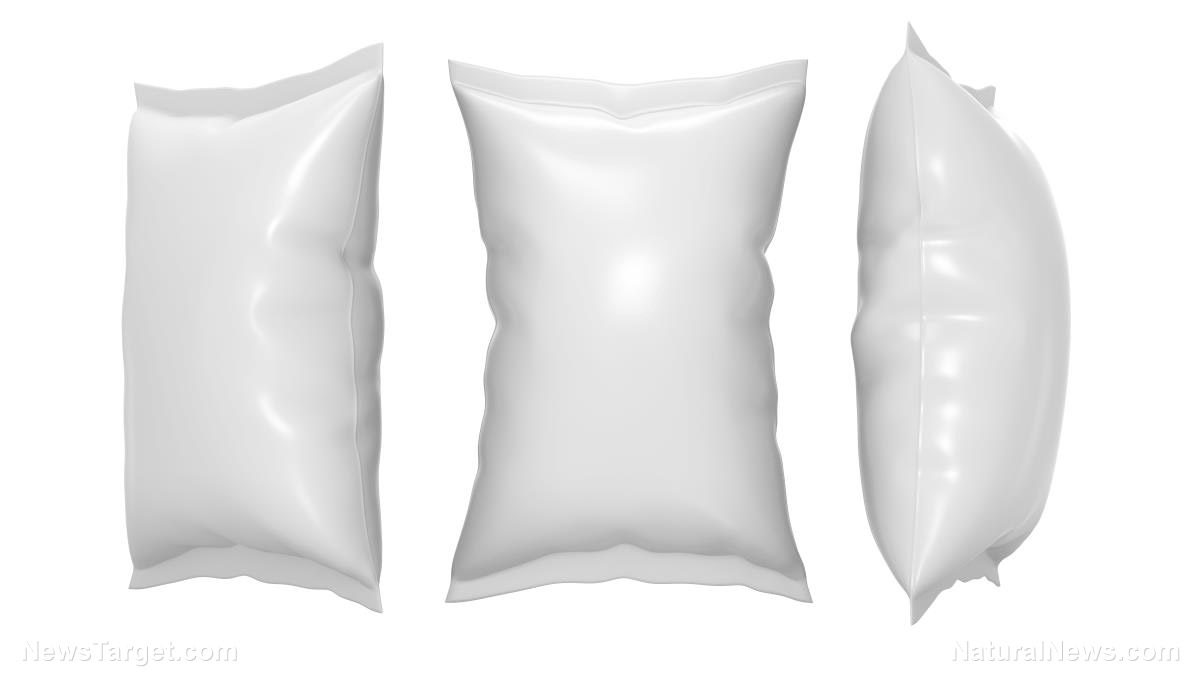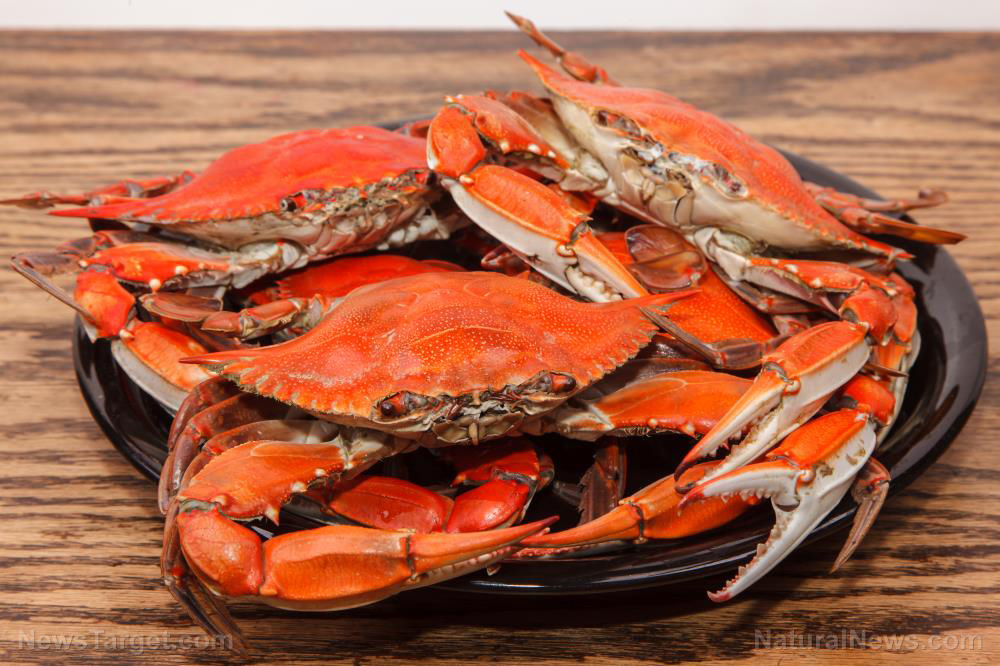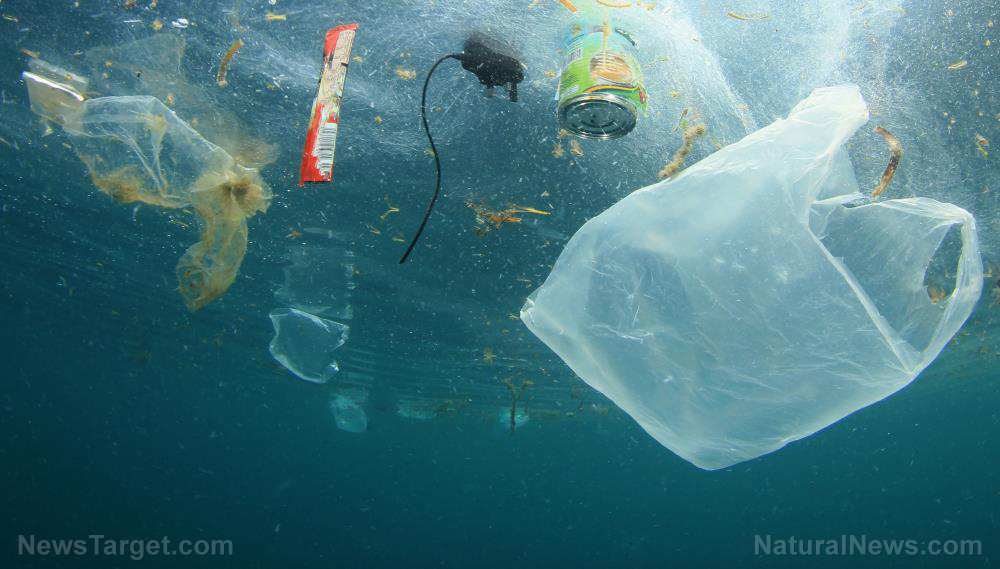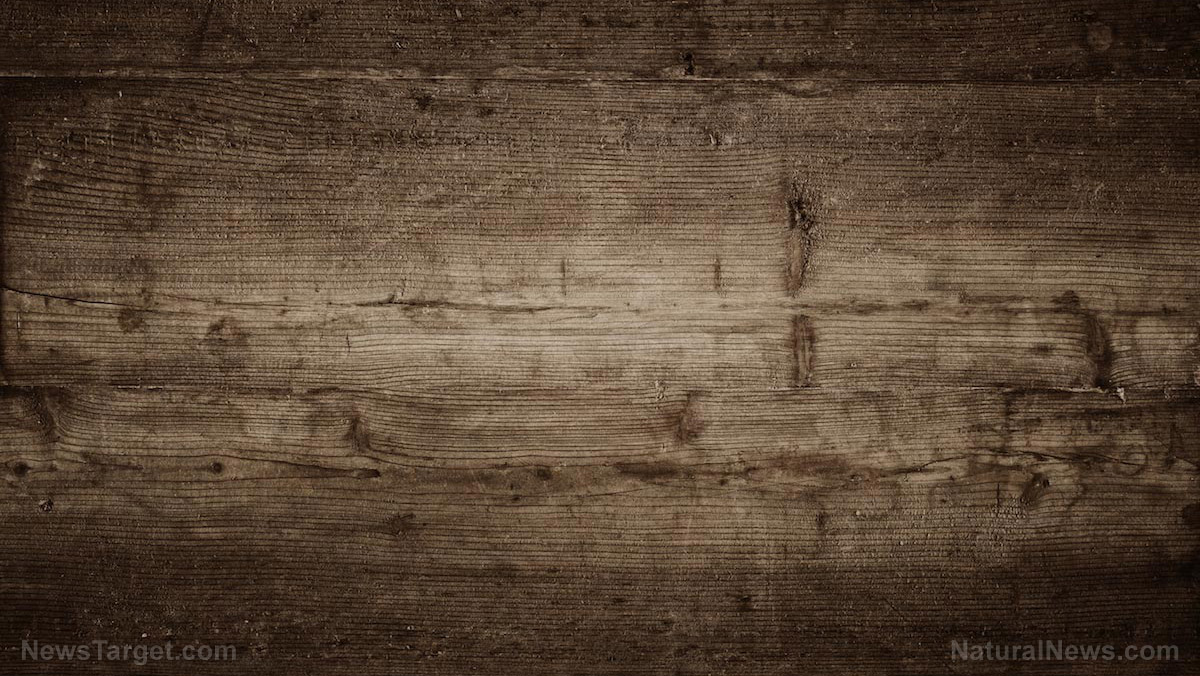Search Results
3D printers have an ear for – making ears
 https://www.naturalnews.com/2019-03-26-3d-printers-have-an-ear-for-making-ears.html
March 26, 2019 - The hydrogel is comprised of several biopolymers, including tiny crystals made from plant cellulose. When it is heated into a viscous state by a 3D printer, the material can be shaped into complicated three-dimensional structures.These printed structures are soft and pliable like real skin and flesh. However, they are also very stable due to the cross-linking between the biopolymers that make up the hydrogel.Swiss Federal Laboratories for Materials ...
https://www.naturalnews.com/2019-03-26-3d-printers-have-an-ear-for-making-ears.html
March 26, 2019 - The hydrogel is comprised of several biopolymers, including tiny crystals made from plant cellulose. When it is heated into a viscous state by a 3D printer, the material can be shaped into complicated three-dimensional structures.These printed structures are soft and pliable like real skin and flesh. However, they are also very stable due to the cross-linking between the biopolymers that make up the hydrogel.Swiss Federal Laboratories for Materials ...
Biodegradable, compostable polymer films show promise for developing more eco-friendly packaging materials
 https://www.naturalnews.com/2019-01-09-biodegradable-compostable-polymer-films-show-promise-in-developing-more-eco-friendly-packaging-materials.html
January 09, 2019 - biopolymers.However, biopolymers are not as useful as their synthetic counterparts when it comes to extending the shelf life of perishables. Their biodegradability makes them vulnerable to moisture and oxygen. They also cannot stop the free passage of carbon dioxide and flavorings.In response, the Fraunhofer ISC researchers started work on bioORMOCERS. These are specialized biodegradable coatings made from organic materials. These new barrier ...
https://www.naturalnews.com/2019-01-09-biodegradable-compostable-polymer-films-show-promise-in-developing-more-eco-friendly-packaging-materials.html
January 09, 2019 - biopolymers.However, biopolymers are not as useful as their synthetic counterparts when it comes to extending the shelf life of perishables. Their biodegradability makes them vulnerable to moisture and oxygen. They also cannot stop the free passage of carbon dioxide and flavorings.In response, the Fraunhofer ISC researchers started work on bioORMOCERS. These are specialized biodegradable coatings made from organic materials. These new barrier ...
New packaging material made from crab shells and tree fibers
 https://www.naturalnews.com/2018-10-10-packaging-material-made-from-crab-shells.html
October 10, 2018 - biopolymers in the world. Cellulose is a polymer made of a long and repeating chain of glucose molecules. The presence of this polymer in the cell walls of the plant makes them strong and stiff. Meanwhile, chitin is a polymer found in the exoskeleton of arthropods, like crabs and lobsters. It is formed from a long chain of N-acetyl-glucosamine, which is a monosaccharide derivative of glucose. The researchers decided that it would be best to use these two components in ...
https://www.naturalnews.com/2018-10-10-packaging-material-made-from-crab-shells.html
October 10, 2018 - biopolymers in the world. Cellulose is a polymer made of a long and repeating chain of glucose molecules. The presence of this polymer in the cell walls of the plant makes them strong and stiff. Meanwhile, chitin is a polymer found in the exoskeleton of arthropods, like crabs and lobsters. It is formed from a long chain of N-acetyl-glucosamine, which is a monosaccharide derivative of glucose. The researchers decided that it would be best to use these two components in ...
Self-healing fabric: Scientists have found many uses for the sharp teeth inside a squid’s tentacles
 https://www.naturalnews.com/2019-08-16-self-healing-fabric-using-squid-tentacles.html
August 16, 2019 - biopolymers.“Scaling up these materials requires additional work,” said Melik. “We are now working on the processing technology of these materials so that we can make them available in industrial manufacturing processes.”What are microplastics?Microplastics are tiny plastics measuring less than five millimeters long. They come from a wide variety of sources, including larger plastic that disintegrated into smaller pieces and microbeads. Microbeads are polyethylene ...
https://www.naturalnews.com/2019-08-16-self-healing-fabric-using-squid-tentacles.html
August 16, 2019 - biopolymers.“Scaling up these materials requires additional work,” said Melik. “We are now working on the processing technology of these materials so that we can make them available in industrial manufacturing processes.”What are microplastics?Microplastics are tiny plastics measuring less than five millimeters long. They come from a wide variety of sources, including larger plastic that disintegrated into smaller pieces and microbeads. Microbeads are polyethylene ...
Researchers find plastic-eating microbe that can solve our ocean’s plastic problem
 https://www.naturalnews.com/2019-04-11-plastic-eating-microbe-to-solve-our-oceans-plastic-problem.html
April 11, 2019 - biopolymers made from Ulva.The TAU researchers are currently looking for the optimal combinations of algae and bacteria for making new bioplastics with different properties. Single-use plastic, for instance, would have different chemical requirements from reusable plastic. In turn, the plastic would need a different species of seaweed and the appropriate bacteria that can break down its associated bioplastic.Sources include:EcoWatch.comScienceDirect....
https://www.naturalnews.com/2019-04-11-plastic-eating-microbe-to-solve-our-oceans-plastic-problem.html
April 11, 2019 - biopolymers made from Ulva.The TAU researchers are currently looking for the optimal combinations of algae and bacteria for making new bioplastics with different properties. Single-use plastic, for instance, would have different chemical requirements from reusable plastic. In turn, the plastic would need a different species of seaweed and the appropriate bacteria that can break down its associated bioplastic.Sources include:EcoWatch.comScienceDirect....
Nano-sized cellulose fibers beat spider silk in being the strongest material on Earth
 https://www.naturalnews.com/2018-06-19-nano-sized-cellulose-fibers-beat-spider-silk-in-being-the-strongest-material-on-earth.html
June 19, 2018 - biopolymers, which the new CNFs have just vaulted.The new super fibers can be used in many roles, according to the KTH researchers. For one thing, they could replace expensive metal alloys currently used in bicycles, medical implants, and vehicles.Mining metal ores, processing them into raw materials, and combining several metals to make useful alloys use up a lot of energy and resources. The prerequisite industry also generates a lot of air and water pollution....
https://www.naturalnews.com/2018-06-19-nano-sized-cellulose-fibers-beat-spider-silk-in-being-the-strongest-material-on-earth.html
June 19, 2018 - biopolymers, which the new CNFs have just vaulted.The new super fibers can be used in many roles, according to the KTH researchers. For one thing, they could replace expensive metal alloys currently used in bicycles, medical implants, and vehicles.Mining metal ores, processing them into raw materials, and combining several metals to make useful alloys use up a lot of energy and resources. The prerequisite industry also generates a lot of air and water pollution....
Scientists create cheap, non-metallic, sustainable battery from tree bark
 https://www.naturalnews.com/2017-12-28-scientists-create-cheap-non-metallic-sustainable-battery-from-tree-bark.html
December 28, 2017 - biopolymers."Through the course of their study, the researchers were able to test various types of tannin, such as the one called "ellagitannin" that comes from the bark of a chestnut tree. They say that it can be used to create cathodes for a battery that show a high level of performance, which includes a large capacitance and high energy density. This could represent a big leap from current standards that use lithium metal as the primary material.Potential ...
https://www.naturalnews.com/2017-12-28-scientists-create-cheap-non-metallic-sustainable-battery-from-tree-bark.html
December 28, 2017 - biopolymers."Through the course of their study, the researchers were able to test various types of tannin, such as the one called "ellagitannin" that comes from the bark of a chestnut tree. They say that it can be used to create cathodes for a battery that show a high level of performance, which includes a large capacitance and high energy density. This could represent a big leap from current standards that use lithium metal as the primary material.Potential ...
Free Email Alerts
Get independent news alerts on natural cures, food lab tests, cannabis medicine, science, robotics, drones, privacy and more.
This site is part of the Natural News Network © All Rights Reserved. Privacy | Terms All content posted on this site is commentary or opinion and is protected under Free Speech. Truth Publishing International, LTD. is not responsible for content written by contributing authors. The information on this site is provided for educational and entertainment purposes only. It is not intended as a substitute for professional advice of any kind. Truth Publishing assumes no responsibility for the use or misuse of this material. Your use of this website indicates your agreement to these terms and those published here. All trademarks, registered trademarks and servicemarks mentioned on this site are the property of their respective owners.



